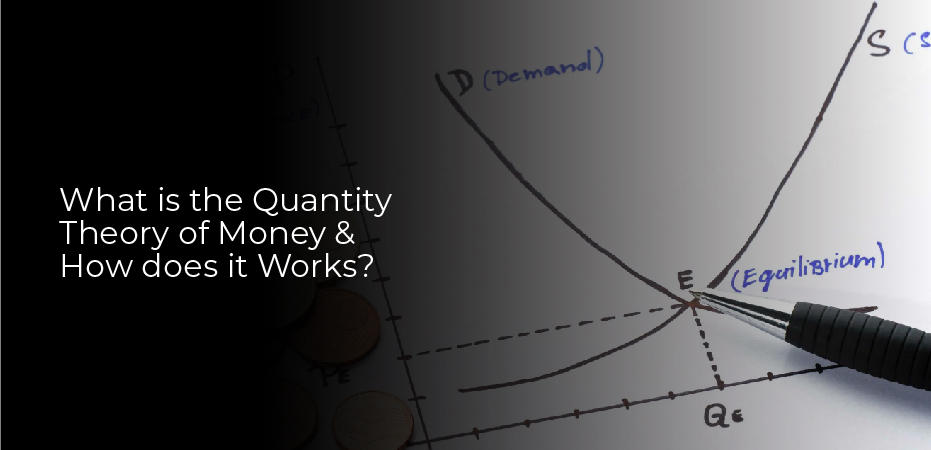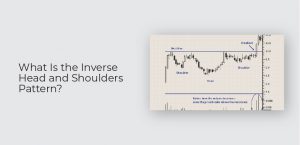The quantity theory of money is a fundamental theory in economics that links the movement of prices with the supply and demand for money. The theory posits that, in the long run, the quantity of money affects the price level and that changes in the money supply will lead to proportionate changes in prices.
The quantity theory of money is based on two key assumptions: (1) that people primarily use money as a means of exchange and (2) that changes in the money supply do not affect real economic variables such as output and employment.
Understanding the Quantity Theory of Money
In economics, the quantity theory of money is a theory that explains the determination of the value of money in circulation.
The quantity theory of money is based on three assumptions:
(1) that money is a means of exchange,
(2) that its value is determined by its useful function as a medium of exchange, and
(3) that changes in the quantity of money will lead to proportionate changes in prices.
The quantity theory of money was first proposed by English philosopher John Locke in the 17th century. It has been modified over time, but remains a key component of modern monetary theories.
How to Calculate Quantity Theory of Money?
The quantity theory of money is a theory that suggests that the overall level of prices in an economy is directly proportional to the amount of money in circulation. In order to calculate the quantity theory of money, you need to know three things: the total amount of money in circulation, the velocity of money, and the average price level.
To find the total amount of money in circulation, you can add up all of the currency in circulation, plus all of the checking account deposits, plus all of the savings account deposits, plus all of the money market account deposits, plus all of the CD’s, plus all of the mutual fund shares.
To find out how fast money is moving through the economy, you can divide GDP by M2 (the total amount of money in circulation).
Criticism of Fisher’s Quantity Theory of Money
The Quantity Theory of Money is a keystone of modern economics. It was first proposed by Irving Fisher in 1911 and states that the quantity of money in an economy affects the level of prices. The theory has come under criticism in recent years, with some economists arguing that it does not accurately reflect how money works in the real world.
One criticism is that the Quantity Theory of Money focuses on aggregate demand, rather than individual demand. This means that it does not take into account how people use money in different situations. For example, if someone needs to buy a large item, they will likely have to borrow money, which would not be reflected in aggregate data.
Another issue is that the Quantity Theory of Money does not take into account changes in velocity. Velocity is the speed at which money changes hands and can change depending on economic conditions.
Competing Quantity Theories
Monetarists Quantity Theory of Money
The monetarists quantity theory of money is a macroeconomic theory that holds that the amount of money in an economy affects the level of prices. The theory was first proposed by Irving Fisher in 1911 and states that the rate of inflation is proportional to the amount of money in the economy.
The monetarists quantity theory of money is based on the assumption that people will hold all the money they earn as cash, which means that there is a fixed relationship between the quantity of money and prices.
Keynesians Quantity Theory of Money
The Keynesians Quantity Theory of Money is a macroeconomic theory that explains the relationship between the money supply, prices, and economic output. The theory states that changes in the money supply lead to proportional changes in prices and output.
The Keynesians Quantity Theory of Money is based on the Quantity Theory of Money, which states that the quantity of money affects prices and output. The Keynesians Quantity Theory of Money was developed by John Maynard Keynes and his followers in response to the Great Depression.
Knut Wicksell and the Austrians Quantity Theory of Money
In the late 1800s, Knut Wicksell developed a theory of money that is still influential among Austrian economists. Wicksell argued that the quantity of money in an economy affects prices and wages. When the quantity of money increases, prices and wages increase as well. Wicksell’s theory is known as the quantity theory of money.
The Austrian school of economics is heavily influenced by Wicksell’s work. The Austrian school believes that the quantity of money affects prices and wages in the short run and the long run. They also believe that monetary policy can influence economic growth and unemployment.



